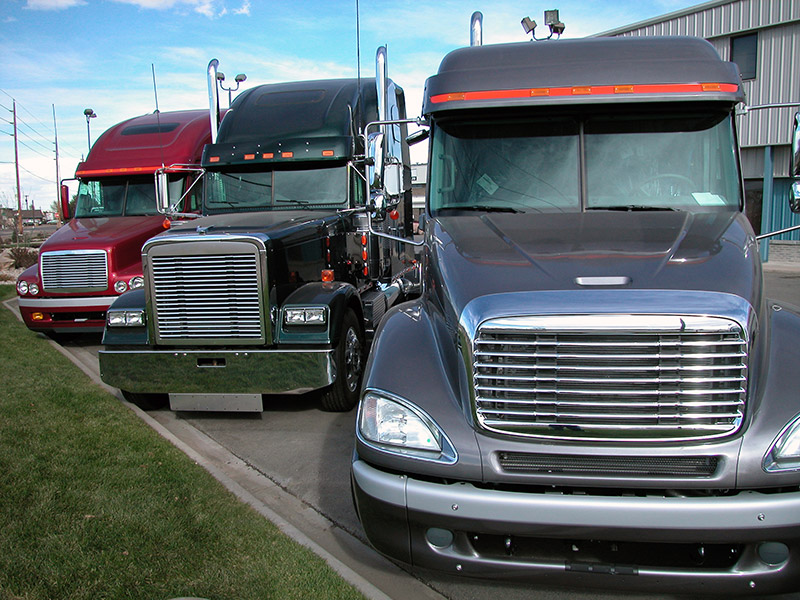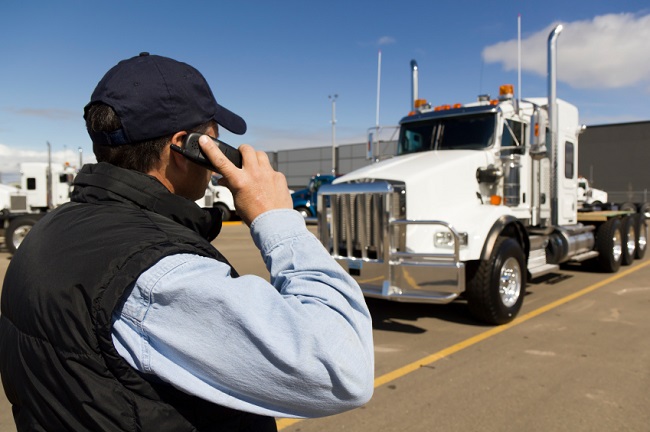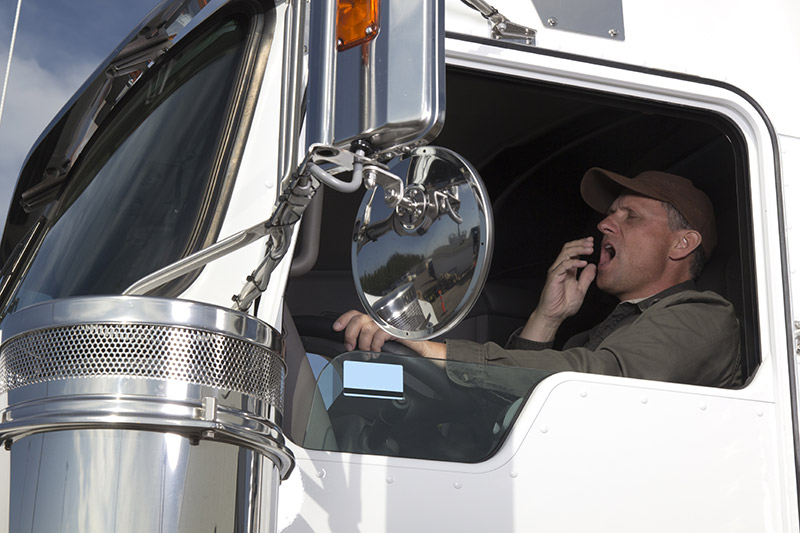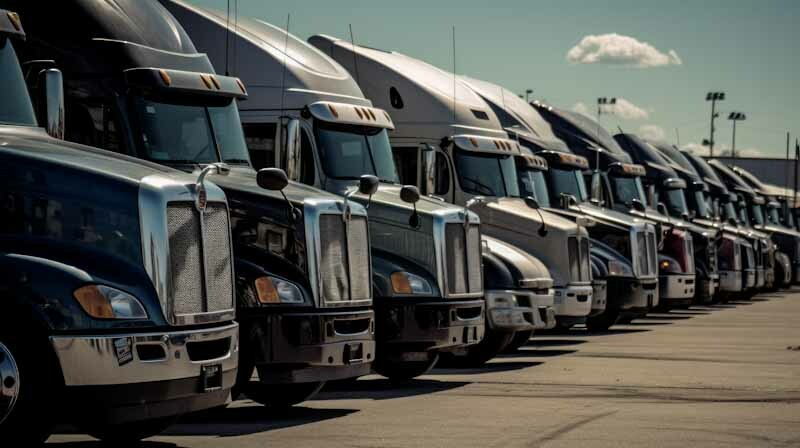The Most Significant Challenges Facing the Trucking Industry
Jan 23, 2017 in Trucking Industry, Regulations and road rules, SafetyOver time, the reliance on land transportation has continued to increase. This does mean more opportunities for trucking businesses but at the same time, there is an imbalance of demand and supply in some areas of the US. Nonetheless, the trucking industry is in good health. Trucking businesses across the US face a number of challenges on a day to day basis. From insurance to fuel prices to employee shortage, the challenges vary from location to location. However, there are some issues which are widespread throughout the trucking industry. Here’s a look at the most significant ones:

Photo: iStock
Over time, the reliance on land transportation has continued to increase. This does mean more opportunities for trucking businesses but at the same time, there is an imbalance of demand and supply in some areas of the US. Nonetheless, the trucking industry is in good health. Trucking businesses across the US face a number of challenges on a day to day basis. From insurance to fuel prices to employee shortage, the challenges vary from location to location. However, there are some issues which are widespread throughout the trucking industry. Here’s a look at the most significant ones:
Shortage of Drivers
The unique set of skills involved in driving trucks over long distances coupled with the days spent away from home at a stretch make trucking driving an unglamorous career option. Naturally, this has led to a situation where there is a genuine shortage of drivers in the trucking industry. At the end of last year, the shortage was close to 50,000 drivers and is expected to rise to 4 times that number in the next few years.
The other pressing concern is that the average age of truck drivers is over 50 while their life expectancy is 61 years. This means that it won’t be long before a majority of the drivers currently working will retire or have to give up their career for other reasons. Hence, this is a growing concern which will continue affecting the trucking industry. The smaller businesses in particular will be affected by the shortage of drivers.
Driver Retention
In addition to there being a severe shortage of truck drivers in the US, the turnover rate for drivers has also risen over the past few years. This trend can be attributed to the recession, from which the economy has only recently managed to recover. The fact remains that truck driving is not a steady career and drivers are likely to leave for other industries, such as real estate, if they get a better offer. This is reflected in the turnover rate for large trucking companies, which is close to 90%. At this rate, trucking companies have a hard time meeting current workload as they cannot rely on drivers.
Driver Health
Generally, truck drivers are at a greater risk of major and minor health problems as compared to the general population. Truck drivers aren’t known to be regimental when it comes to meals, especially when they are on the road. They eat and drink whatever they feel will keep them alert and awake, with no consideration to the impact these foods and beverages can have on their overall health. As a result of this, many truck drivers do not qualify for a medical card, which makes it difficult for them to manage their health should they face any problems.
Not only does this affect their productivity and efficiency, it also leads to increased insurance costs for employers. As is evident from the three points mentioned so far, handling drivers is by far the biggest challenge that trucking businesses are facing at present. There has been a move by many trucking businesses to launch programs that focus on driver wellness. However, it will be some time before this issue can be addressed completely.

Photo: Getty images
Lack of Parking
While it is easier than ever to drive a truck around the country, there is a growing shortage of parking facilities and spaces for trucks. Most trailer parks do not allow parking for trucks. In fact, many customers do not allow the drivers to park their truck near the drop-off point before delivery time. Hence, the truck can only be parked at the delivery spot for the duration that it takes to unload the cargo.
More often than not, drivers are forced to park their trucks wherever they can find sufficient space. This is not always the safest options and has led to an increase in the incidences of physical attacks on the trucks and the cargo, with the driver getting injured in some instances. Again, this poses a problem for the business that owns the truck, as they have to bear an increased cost of insurance as well as make up for any loss to the cargo.

Photo: iStock
Service Hours
Last year, the government suspended the 34-hour restart policy. Under this policy, drivers were allowed to take 34 hours off at a stretch so they can rest and relax adequately before their next shift. However, the policy was suspended last year and then brought back into effect this year. There have been a couple of major changes to the policy, specifically related to the hours at which the drivers should take their break. This leads to a growing uncertainty in the industry about whether this regulation will again be changed in the coming year or two.

Photo: iStock
CSA
The Compliance, Safety, Accountability (CSA) regulations have governed commercial trucking for the past four decades. While there has been a positive effect in terms of the number of accidents that trucks are involved in today, there are several issues with the way CSA mines data. For one, there is considerable doubt about the quality of the data that is considered for CSA analysis. Moreover, the data does not have any measures for differentiating preventable and non-preventable crashes. Hence, there is a genuine issue with regards to reliability of the reports provided by the DoT.
These are some of the biggest issues that the trucking industry is facing currently. All these issues have affected trucking businesses in the recent past and continue to do so. The recent recession had been a major factor in the state of the industry, but the effects of the recession are waning off now and it isn’t as major a determinant as it was. Keeping these pointers in mind, it is evident that the biggest concerns for trucking businesses remain the reliability of their drivers and the government’s decisions regarding the laws which govern the commercial trucking industry.



